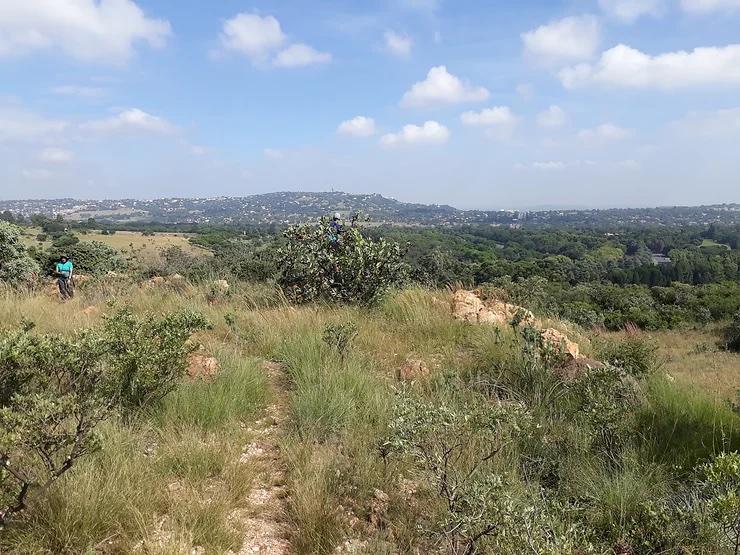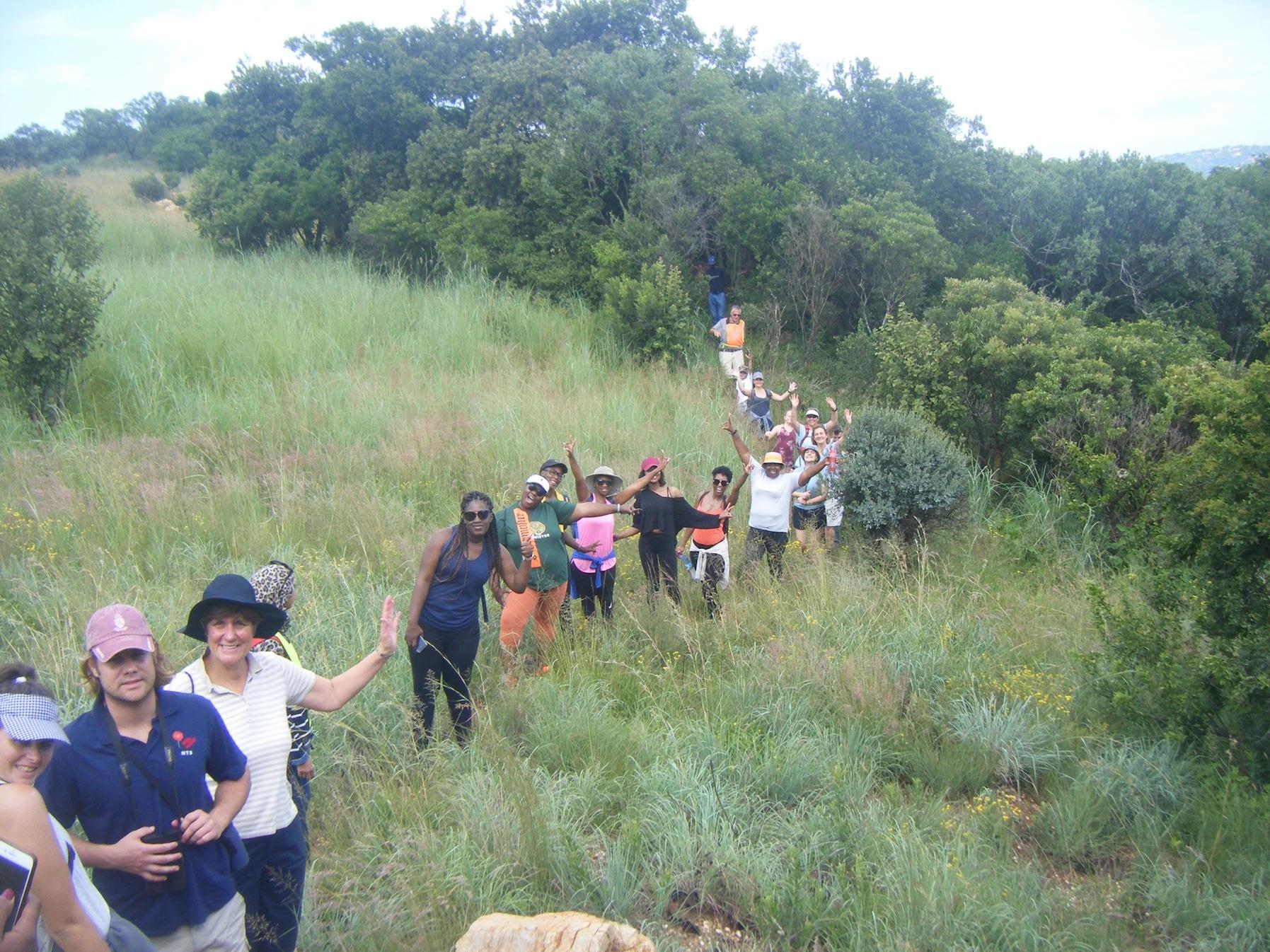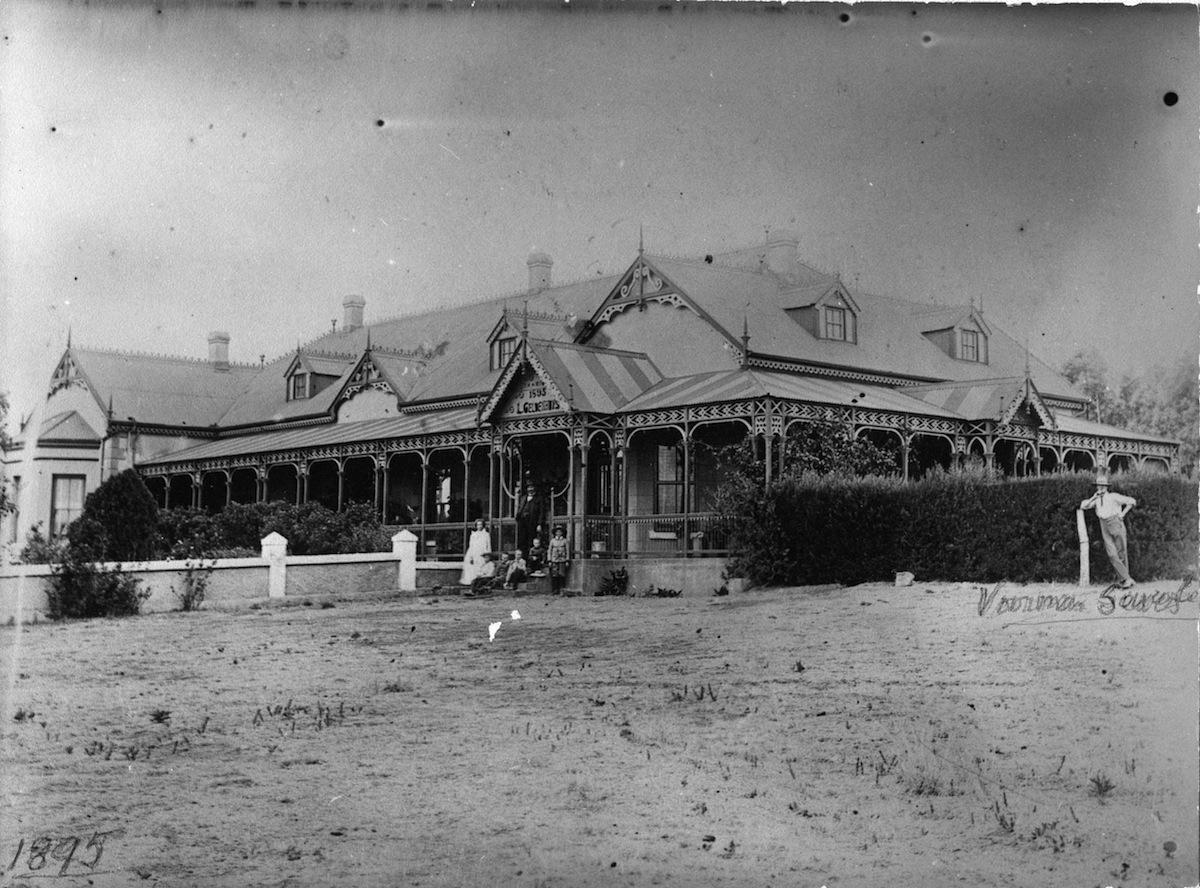
Disclaimer: Any views expressed by individuals and organisations are their own and do not in any way represent the views of The Heritage Portal. If you find any mistakes or historical inaccuracies, please contact the editor.
The pristine, indigenous slice of green Joburg, Melville Koppies, has picked up the Preferred Heritage Destination category award in the National Heritage Council’s 10th Gosha Awards for 2023.
Gosha – the Golden Shield Heritage Awards – aims to “recognise excellence in the heritage sector”, and is the “only premium gesture of rewarding the heritage activists, practitioners and citizens for their relentless dedication to protect, promote and preserve the heritage of the people of South Africa”, according to the National Heritage Council (NHC).
This year there were nine categories, ranging from Young Heritage Activist, Voice of Heritage, Heritage Journalism, to National Living Treasure.
“We entered the Preferred Heritage Destination category because it encompassed the many, many natural attributes that Melville Koppies has, plus the educative, research, and sustainable recreation facilities it offers,” says Wendy Carstens, chairperson of the Melville Koppies Management Committee. “And of course, the intense, committed volunteer involvement since its establishment in 1959.”
Carstens is the custodian of the 50ha central section of the koppies, which, together with the western and eastern sections, runs from Emmarentia in the east to Sophiatown in the west. The central section is a fenced, protected area, with Carstens and her team weeding and clearing alien vegetation on a daily basis. It has a network of paths running through it, making for a pleasant 5km hike.
Hikers at Melville Koppies
Carstens says she is “absolutely delighted” with the award, saying the R30 000 prize money will be used to cover the monthly expenses for a full-time conservation team and extra security. She adds: “Melville Koppies is quite special. A green oasis of natural indigenous flora and fauna with 3 billion-year-old rocks, a spruit and traces of early inhabitants.”
The central section was declared a nature reserve in 1959, and a national monument in 1968.
The NHC further states: “The awards were motivated by the rationale that heritage plays a significant role in promoting social cohesion and community development. Awards such as these, therefore, give acknowledgement and expose the depth of the South African heritage which is unique and diverse.”
And Melville Koppies is certainly unique and diverse.
500-year-old furnace
The lip of a furnace in the ground was detected in the 1960s, and this sparked archaeological interest, leading to the unearthing of a 500-year-old furnace belonging to Sotho/Tswana people, Joburg’s first farmers. Deeper excavations revealed tools once used by hunter-gatherers and early man from around 500 000 years ago. While these old stone tools are the only evidence of these early inhabitants, remnants of stone walls, slag and pottery are still visible across the koppies.
Information boards including a pictorial wall chart of a typical Sotho/Tswana homestead, a contour map and Stone Age and iron tools are to be found at a lecture hut.
“The vegetation of the Koppies is entirely indigenous and is a remarkable example of the richness of highveld grasses, flowers, and trees so close to a city centre. These ridges have looked like this for hundreds of years,” states the Melville Koppies website.
There are over 500 species of indigenous plants, grasses, flowers, trees and bushes in central Melville Koppies. Geological formations include quartzite ridges and shale valleys, with ripple marks of the ancient Witwatersrand inland sea also visible.
There are many small secretive creatures, such as mongooses, genets, hedgehogs, mice, tortoises, mole rats, snakes, lizards and chameleons, in the reserve.
Modern history
Modern history is also evident: gold exploration, and trekkers to the area, like the Geldenhuys family, who owned a large portion of the farm Braamfontein. Louw Geldenhuys was protective of the koppies, resisting development of the area. After his death in 1929, his wife Emmarentia, allowed the eponymous suburb to be laid out, but preserved the natural koppies. It was Louw who tried exploring for gold on the koppies, with no success. Louw and Emmarentia’s farmhouse still exists in the suburb, dating from 1887, a year after the town was established. His brother, Frans, built his farmhouse a kilometre to the west, now the clubhouse of the Marks Park Sports Club.
Emmarentia Farmhouse
Protea trees in the reserve have been dying, and Wits and University of Johannesburg botany teams are researching the psyllid insect that appears to be the culprit. “We’ve had lots of Hons and MSc students in recent years,” says Carstens. “Both universities use the reserve for research and fieldwork, for instance, botany, geology, fire demonstrations and environmental management exercises.”
This research has assisted in the publication of Melville Koppies guidebooks, the most recent being a booklet on the Flowering times on the Melville Koppies by Peter Johnson. This research is used by the enthusiastic and knowledgeable volunteer guides on the koppies.
Every month members of the Witwatersrand Bird Club ring birds, a practice that has been ongoing since 1972. “Mist nets are set up before sunrise. Trapped birds are carefully removed from the nets, weighed, all data recorded and then the birds are released. This is invaluable data about our bird life,” adds Carstens.
Open on Sundays
The central MK section is locked, open to the public on Sundays between 8 and 11.30am for hikes and guided walks. Melville Koppies East is open daily for walks, while the larger western section is open daily but should only be hiked on scheduled walk days. Joburg City Parks and Zoo provides two day and two night guards, cuts trails and perimeters, cuts and clears large fallen trees and does repairs to the fencing.
At the time of writing, Hikers pay R90 for a self-guided hike with maps provided, while groups can book guided tours for R100 per person. School groups pay R50 per child, and tours are geared to the age of the children. Special tours for matrics on human evolution are enriched with replicas of human, chimp and Australopithecine skulls.
Free parking is available across the road at Marks Park in Judith Road, Emmarentia. Extra security is provided on Sundays. As there is small fauna on the koppies, no dogs are allowed.
It is a special place – just 5km from the city centre, in the middle of dense suburbs, where at times one can feel deep in the veld, with just indigenous vegetation and valleys visible. At high points hikers have almost 360-degree views of the city and northern suburbs.
Hikers are rewarded with incredible views of the city
Tour groups can book for Sunday or midweek tours with Carstens on 079 532 0083 or wendavid@mweb.co.za
Comments will load below. If for any reason none appear click here for some troubleshooting tips. If you would like to post a comment and need instructions click here.



